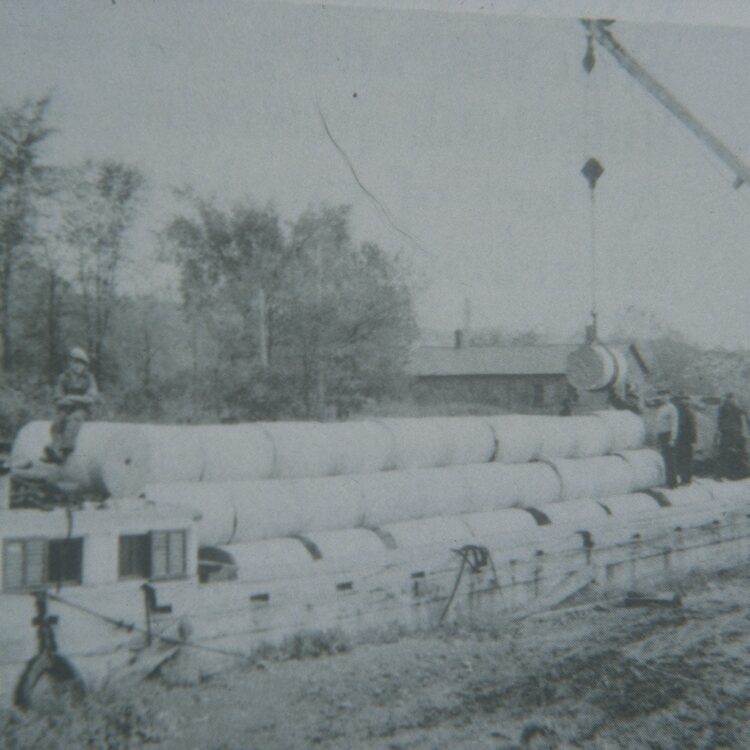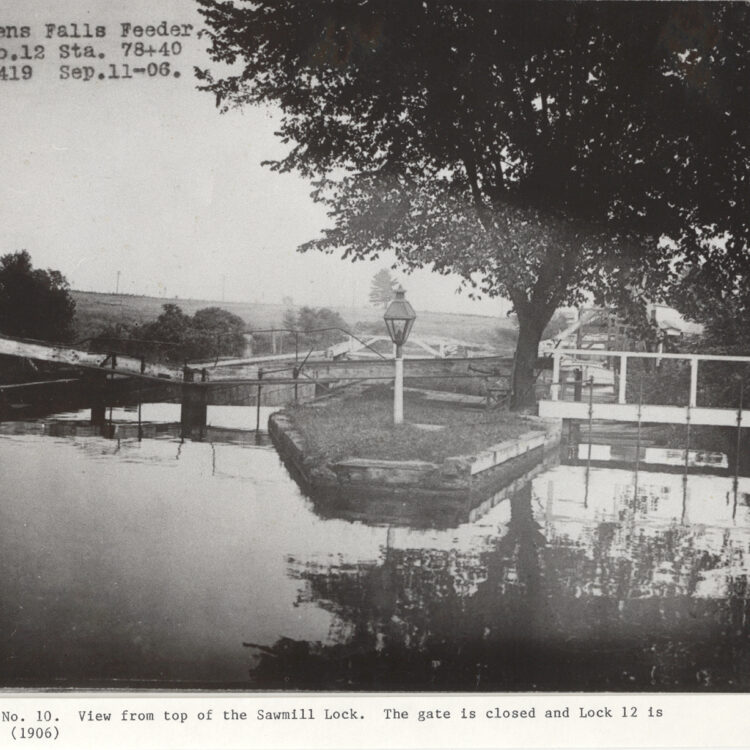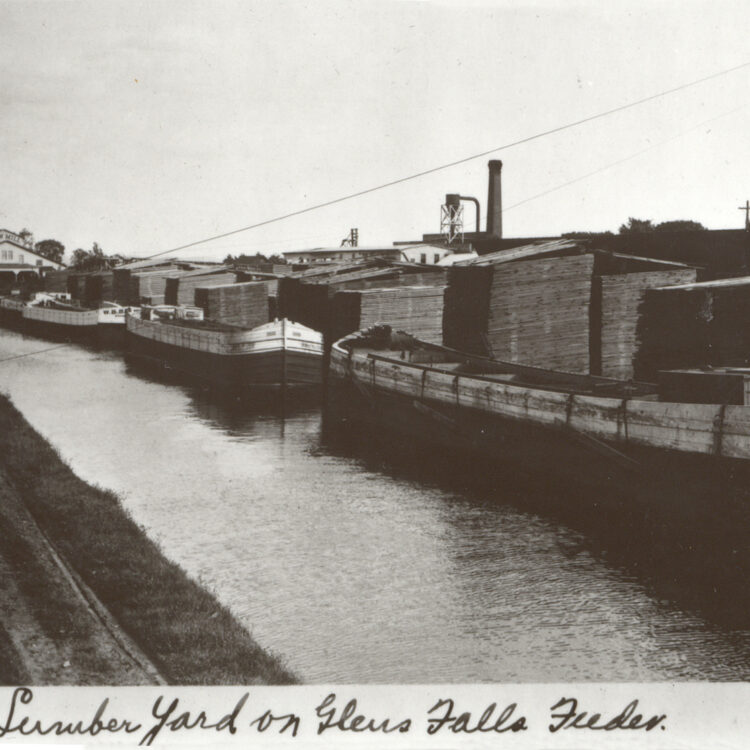
From the early 1800’s until 1928 the Feeder Canal provided a means of transportation by canal boats for people and goods. The canal and towpath today provide recreational opportunities to members of our community as well as providing a glimpse into the past.
From the early 1800’s until 1928 the Feeder Canal provided a means of transportation by canal boats for people and goods. The canal and towpath today provide recreational opportunities to members of our community as well as providing a glimpse into the past.
The construction of the original Champlain Canal begun in 1817 and officially opened to boat traffic in 1822, providing direct access for freight and passenger boats from Lake Champlain at Whitehall to the Hudson River and thus completing an important inland route from the St. Lawrence River to the docks of New York City.
A “feeder canal” was needed in order to supply water from the Hudson River to the highest point on the Champlain Canal near Fort Edward. The first feeder canal was dug in 1822 and carried water about one half mile from a dam at Fort Edward to the Champlain Canal. The initial dam was destroyed in a flood so the Feeder Canal was no longer able to provide sufficient water. To combat this situation, a new dam was built across the Hudson River upstream from Wings Falls (now Glens Falls) and the current Feeder Canal was built. Upon completion, it ran seven miles eastward to join the Champlain Canal, guaranteeing adequate water at its summit.
In 1832, the Feeder Canal was widened and deepened to accommodate boat traffic. Thirteen masonry locks were constructed to overcome the 130-foot vertical drop east of Sandy Hill (now Hudson Falls). This engineering feat includes the popular Five Combines in Kingsbury, composed of a continuous downhill run of five locks (6-10) in a row.
Mills and factories sprouted up along the Feeder Canal’s banks. There were six boat basins for loading, unloading and repairs. The bounty of the North Country – lumber, lime, marble, paper, clay, apples, and potatoes – was shipped to New York City and southern markets from Queensbury, Glens Falls, Hudson Falls, and Kingsbury and cargo, including coal, was shipped into the area. The Feeder Canal enjoyed prosperity for about 100 years until newer and more efficient transportation routes were established. The present-day Champlain Barge Canal replaced the old canal in the early 1900’s in conjunction with upgrades to the Feeder Dam in Queensbury in order to ensure an adequate supply of water would continue to flow through the Feeder Canal to today’s modern functioning canal.
Interesting sites:

Feeder Dam

Howard Raymond Field School at The Silos

Martindale Boat Basin

Historic Coal Silos

Vintage Canal Boat

Five Combination Locks
Ways To Help
Make your contribution to help support recreational activities, environmental programs and preserving this historic resource. Contributions can be made directly to the Feeder Canal Alliance in the form of cash, check, credit card or pay pal when clicking on the link below. Contributions are tax deductible and, unless otherwise designated, and are allocated to the general fund.



















